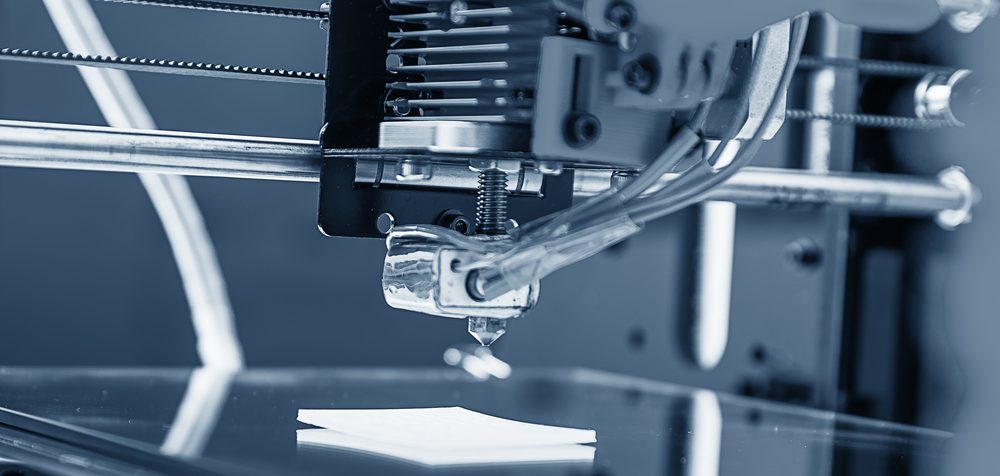
Researchers at North Carolina State University have developed a highly electrically conductive metallic gel that can be used to print three-dimensional (3D) solid objects at room temperature.
“3D printing has revolutionized manufacturing, but we’re not aware of previous technologies that allowed you to print 3D metal objects at room temperature in a single step,” says Michael Dickey, co-corresponding author of the paper. “This opens the door to manufacturing a wide range of electronic components and devices.”
The team began with a solution of micron-scale copper particles suspended in water, then added a small amount of an indium-gallium alloy that is liquid metal at room temperature. When the resulting mixture is stirred, the liquid metal and copper particles stick to each other, forming a metallic gel “network” within the aqueous solution.
“This gel-like consistency is important, because it means you have a fairly uniform distribution of copper particles throughout the material,” Dickey stated.“This does two things. First, it means the network of particles connects to form electrical pathways. And second, it means that the copper particles aren’t settling out of solution and clogging the printer.”
Their gel can be printed using a conventional 3D printing nozzle and retains its shape when printed. When allowed to dry at room temperature, the resulting 3D object becomes even more solid while retaining its shape. Importantly, the team discovered that the application o f heat during the drying process causes structural deformation. Because this deformation is predictable, they were able to make a printed object change shape after it is printed by controlling the pattern of the printed object and the amount of heat the object is exposed to while drying.
“Ultimately, this sort of four-dimensional printing – the traditional three dimensions, plus time – is one more tool that can be used to create structures with the desired dimensions,” Dickey said. “But what we find most exciting about this material is its conductivity. Because the printed objects end up being as much as 97.5% metal, they are highly conductive. It’s obviously not as conductive as conventional copper wire, but it’s impossible to 3D print copper wire at room temperature. And what we’ve developed is far more conductive than anything else that can be printed. We’re pretty excited about the applications here. We’re open to working with industry partners to explore potential applications, and are always happy to talk with potential collaborators about future directions for research.”
